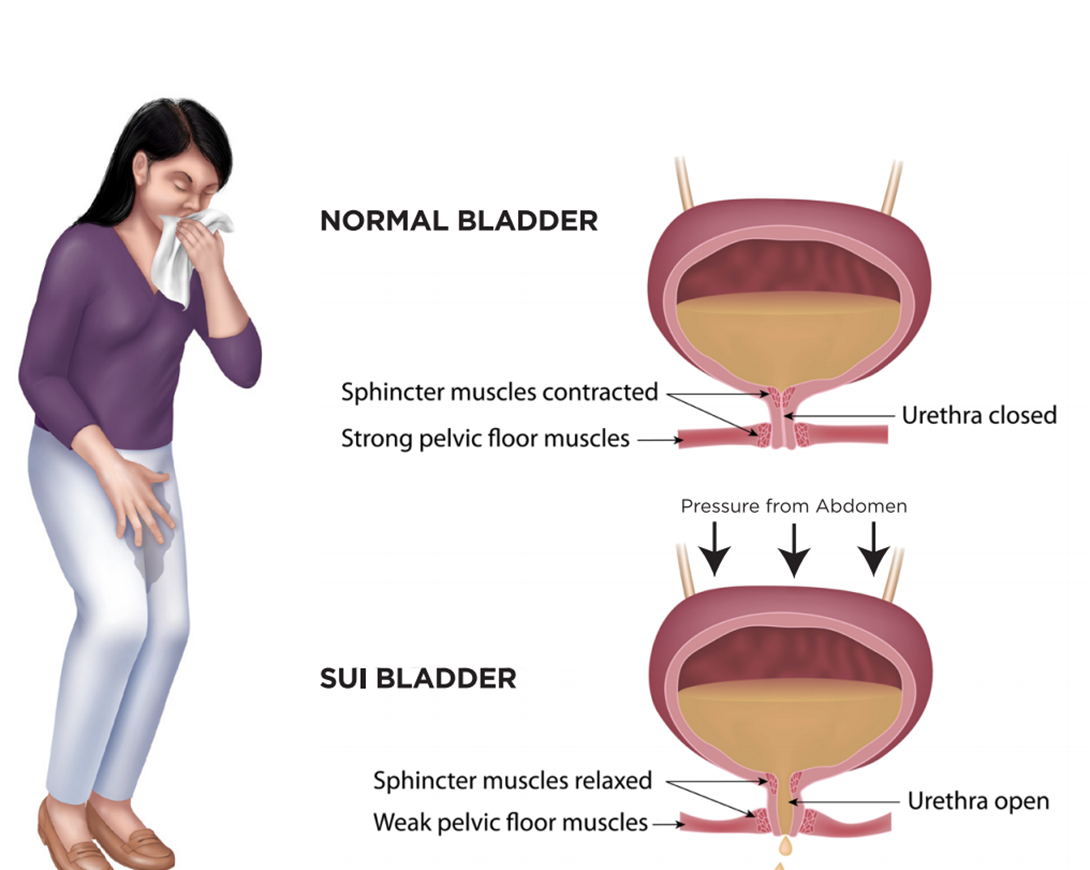The nurse uses comfort measures to enhance an older adult's pharmacological pain management. Which of the following would be most helpful for the nurse to use to identify the relationships between the comfort measures, activity, and pharmacotherapy, and the older adult's pain level?
Older adult's self-report
FPSR
Pain medication frequency
Older adult's pain diary
The Correct Answer is D
Choice A reason: Older adult's self-report is a subjective measure of pain that may not reflect the actual intensity or quality of pain. It may also be influenced by factors such as cognitive impairment, mood, or cultural norms.
Choice B reason: FPSR stands for Face, Pain Scale-Revised, which is a tool to assess pain in infants and children who cannot verbalize their pain. It is not suitable for older adults, who may have different facial expressions or reactions to pain.
Choice C reason: Pain medication frequency is an indirect measure of pain that may not capture the effectiveness or side effects of pharmacotherapy. It may also vary depending on the type, dose, and route of administration of pain medication.
Choice D reason: Older adult's pain diary is a comprehensive and reliable measure of pain that can track the changes in pain level, quality, and location over time. It can also record the impact of pain on daily activities, mood, sleep, and quality of life. It can help the nurse to evaluate the outcomes of comfort measures and pharmacotherapy, and to adjust the pain management plan accordingly.
Nursing Test Bank
Naxlex Comprehensive Predictor Exams
Related Questions
Correct Answer is B
Explanation
Choice A reason: Empowering older adults to manage chronic illness is a way of promoting self-care and autonomy, but it is not a specific example of leadership in the care of older people.
Choice B reason: Coordinating members of the health care team is a way of demonstrating leadership in the care of older people, as it involves communication, collaboration, and delegation of tasks among different professionals and disciplines.
Choice C reason: Facilitating access to elder care programs is a way of providing resources and support for older people, but it is not a direct example of leadership in the care of older people.
Choice D reason: Assessing older adults effectively is a way of ensuring quality and safety in the care of older people, but it is not a unique example of leadership in the care of older people.
Correct Answer is ["A","C","D"]
Explanation
Choice A: Increase in physical activity
Physical activity can strengthen the muscles that help control urination. Exercises such as Kegels can specifically target these muscles, leading to improvements in urinary incontinence.
Choice B: Blood sugar control
While blood sugar control is important for overall health and can prevent complications from diabetes, it is not directly associated with improvements in urinary incontinence.
Choice C: Smoking cessation
Smoking can lead to coughing which puts pressure on the bladder and can exacerbate symptoms of urinary incontinence. Therefore, smoking cessation can lead to improvements.
Choice D: Weight reduction
Excess weight can put pressure on the bladder and surrounding muscles. Losing weight can reduce this pressure and improve symptoms of urinary incontinence.
There is no Choice E in this case. Each of these interventions can contribute to overall health and may indirectly affect urinary incontinence, but Choices A, C, and D are the most directly related to improvements in this condition.

Whether you are a student looking to ace your exams or a practicing nurse seeking to enhance your expertise , our nursing education contents will empower you with the confidence and competence to make a difference in the lives of patients and become a respected leader in the healthcare field.
Visit Naxlex, invest in your future and unlock endless possibilities with our unparalleled nursing education contents today
Report Wrong Answer on the Current Question
Do you disagree with the answer? If yes, what is your expected answer? Explain.
Kindly be descriptive with the issue you are facing.
